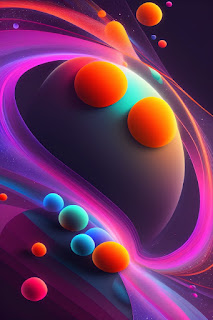Indeed, the complexity and intricacy of the human body, with its approximately 37.2 trillion cells, is often regarded as a testament to the wonder of creation and design. The diversity and functionality of these cells working together in harmony to sustain life is a fascinating example of the complexities in the natural world. People may view this as evidence of a higher power or as a marvel of evolutionary processes, depending on their beliefs and perspectives.
The growth of a plant seed breaking through the hard layer of earth is a fascinating process driven by biology and physics. Here’s the science behind it: 1. Seed Germination : Water absorption (Imbibition) : When a seed is placed in moist soil, it absorbs water, causing it to swell and soften the seed coat. Metabolic activation : Water activates enzymes inside the seed, which start converting stored food (starch, proteins, and fats) into energy for growth. Emergence of the radicle and plumule : The first structure to emerge is the radicle (future root), followed by the plumule (future shoot). 2. Cell Growth and Division : Cell elongation : The cells in the embryonic plant elongate and divide, generating enough force to push through the soil. Turgor pressure : Inside the cells, water creates pressure that helps the stem and root push upward and downward, respectively. 3. Breaking Through the Soil : Force concentration : The tip of the shoot (plumule) or root (radicle) is pointed, ...

Comments
Post a Comment